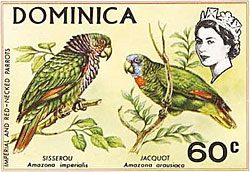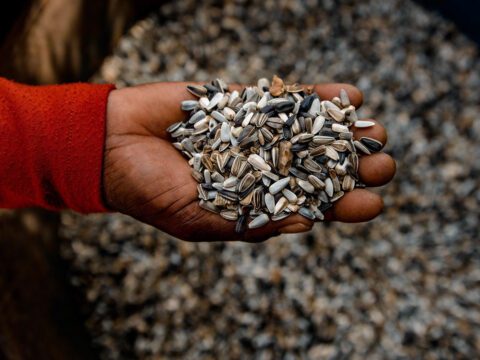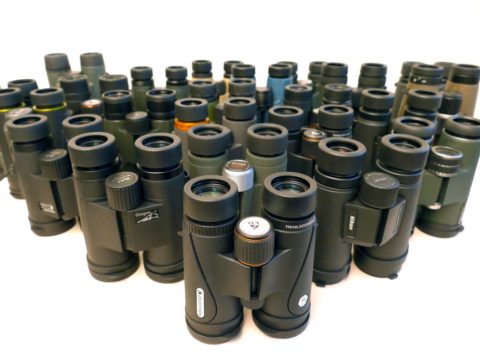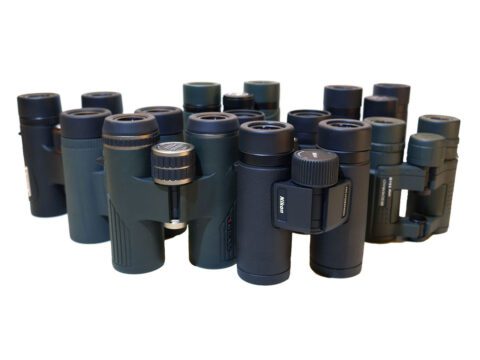Conservation by haiku, and other highlights of student conference
Wesley Hochachka November 5, 2010
Sure, I know that New York City has a reputation as a fast-paced place, but even here asking researchers to give a complete seminar in four minutes seems a bit much. Under these conditions, I suppose it was inevitable that someone would oblige entirely in haiku.
That’s just a glimpse of the energy and creativity in evidence at the first Student Conference on Conservation Science–New York being held at the American Museum of Natural History. This conference, being attended by graduate students and postdoctoral scholars from around the world (several of them currently students in North America), is organized as a way of enabling the emerging generation of conservation researchers to make connections, exchange ideas, and help shape the direction of future research in conservation. It’s a sister to the highly successful Cambridge Student Conference on Conservation Science, which has been running since 2000 in the UK. Along with the students and postdocs are a few more-established researchers, including our contingent from the Cornell Lab of Ornithology: myself, director John Fitzpatrick, and Dr. Ben Zuckerberg, a research associate in our Citizen Science program. We are here as mentors, giving workshops, evaluating presentations, and engaging with the students. In theory we are here to impart knowledge, but in reality we are learning as well.
Even with the conference only at its halfway point, I have been impressed by the diversity of research topics presented in talks and posters, and especially by the abilities of presenters in the “speed talk” sessions. The idea is to cram as many presentations into the shortest possible amount of time, and then allow a 30-minute period for questions and discussions around the conference room.
In addition to the haiku describing research into predicted effects of climate change on life histories of cold-blooded animals (predicted to live shorter lives, work by Santiago Salinas, who is a student at the State University of New York, Stony Brook), another talk that caught several people’s attention was one examining human attitudes to threatened species, and specifically whether positive marketing of one parrot on the Caribbean Island of Dominica would rub off on the island’s other parrot (unfortunately, it doesn’t), which is work by Leo Douglas, a student at Columbia University. The general topic of human attitudes and their importance for the success of conservation projects is strongly represented on the sociological side of this conference. Those are just three examples of the diverse topics that are being discussed by the up and coming generation of conservation scientists from around the world.

All About Birds
is a free resource
Available for everyone,
funded by donors like you
American Kestrel by Blair Dudeck / Macaulay Library



